UK PMI Services was finalized at 29.0 in May, up from April’s 13.4. PMI Composite was finalized at 30.0, up from April’s record low of 13.8. Markit said new works slumped amid cutbacks to business and consumer spending. Employment remains on sharp downward trajectory. Business expectations, however, rise again from March’s record low.
Tim Moore, Economics Director at IHS Markit: “The COVID-19 pandemic continued to have a severe impact on UK service sector activity in May, despite a boost in some areas from the gradual easing of lockdown measures. Survey respondents noted that deep cuts to corporate spending had been a major factor dragging down business activity in May, leading to a lack of work to replace completed projects.






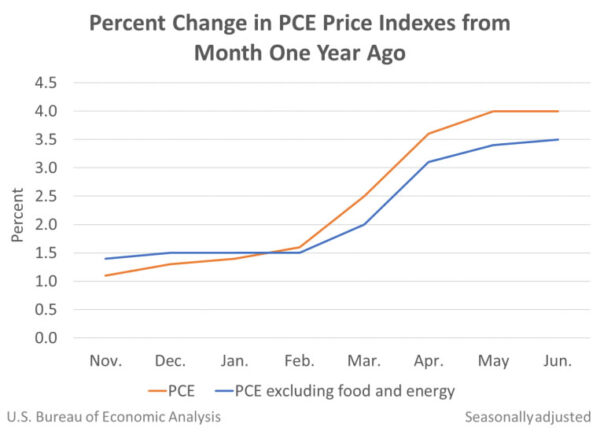
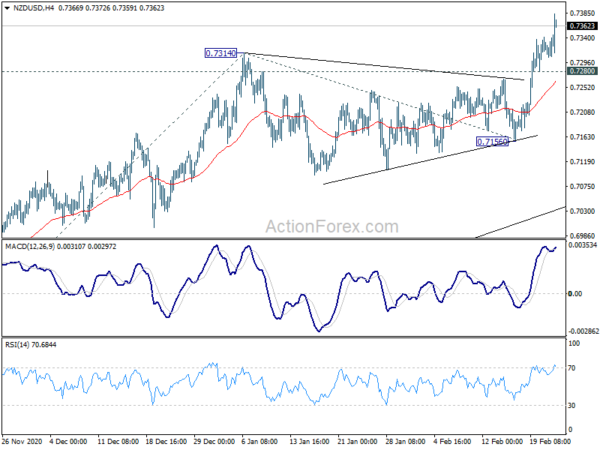
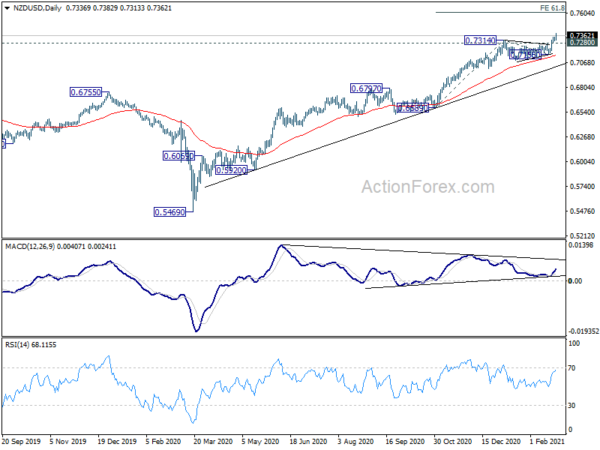
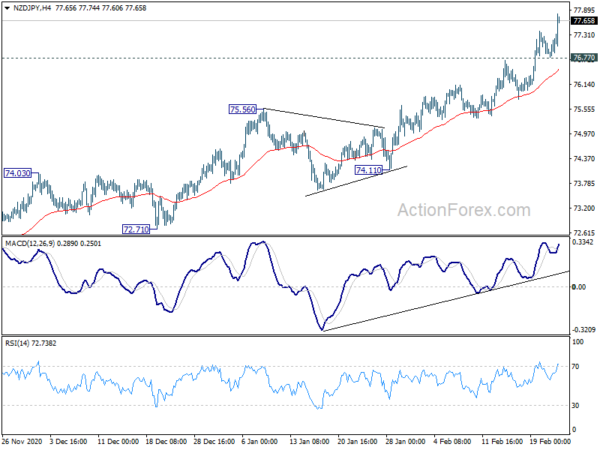
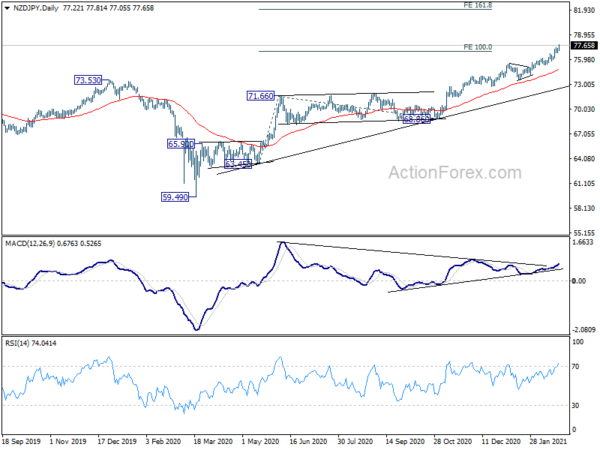
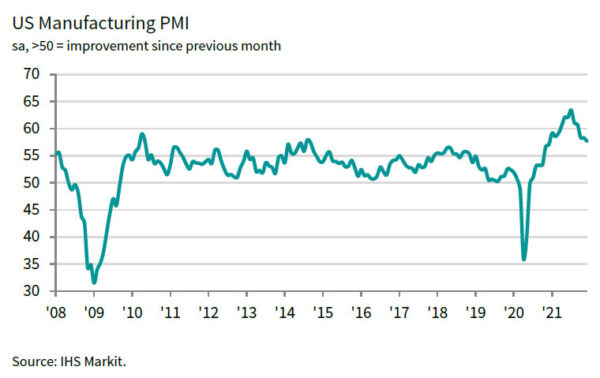
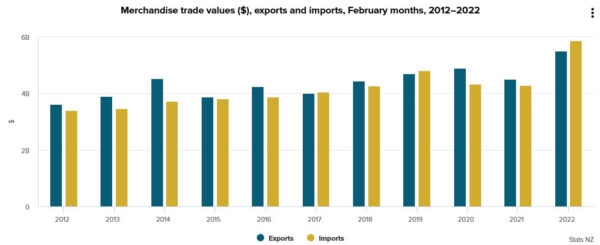
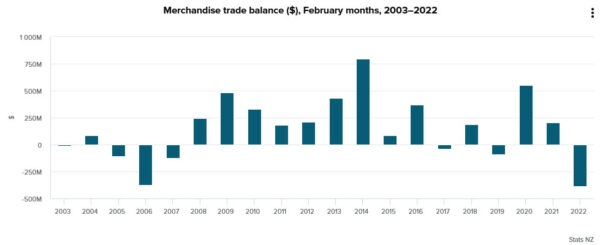
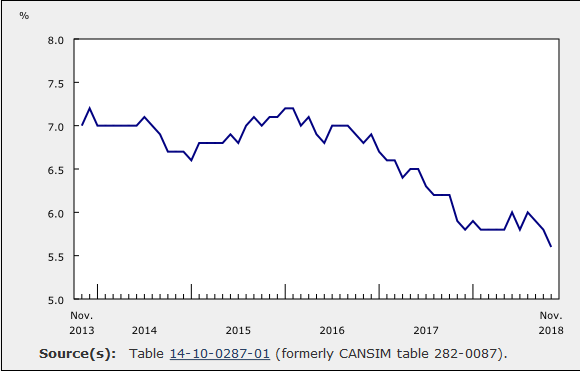
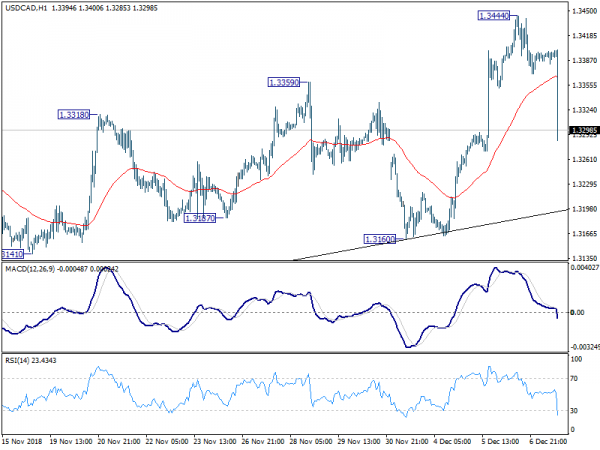
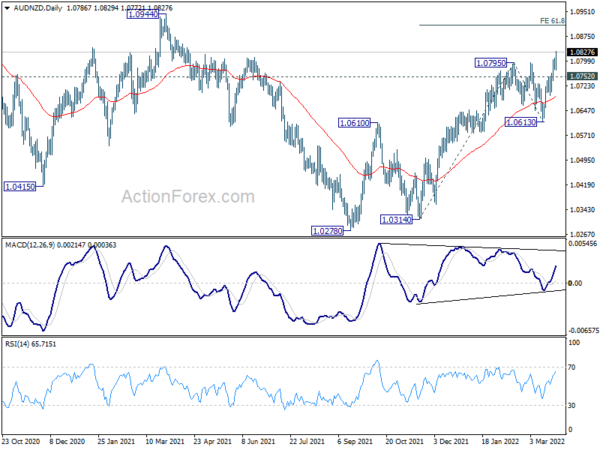
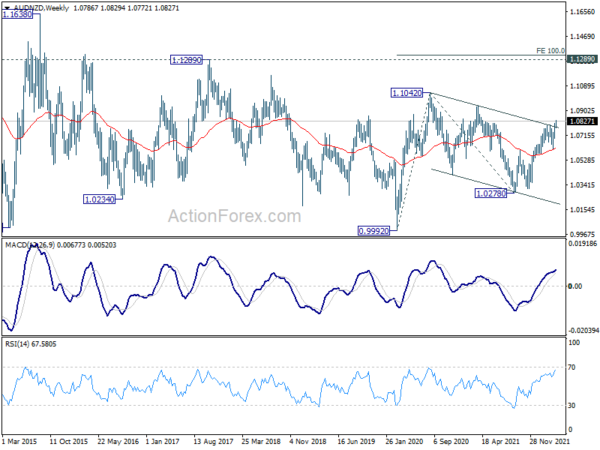
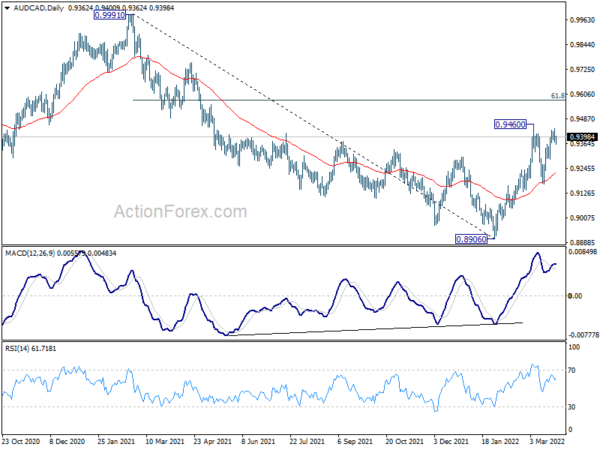
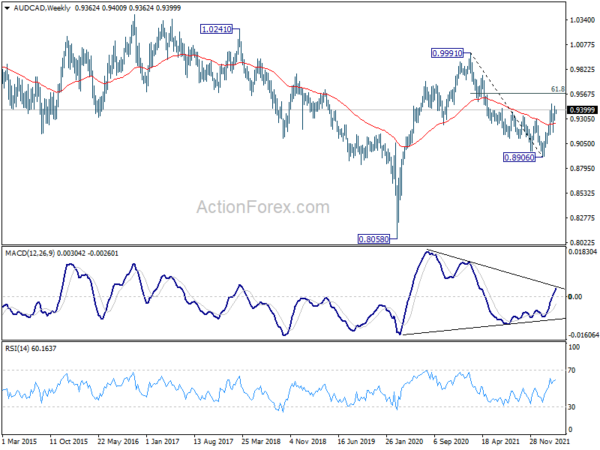
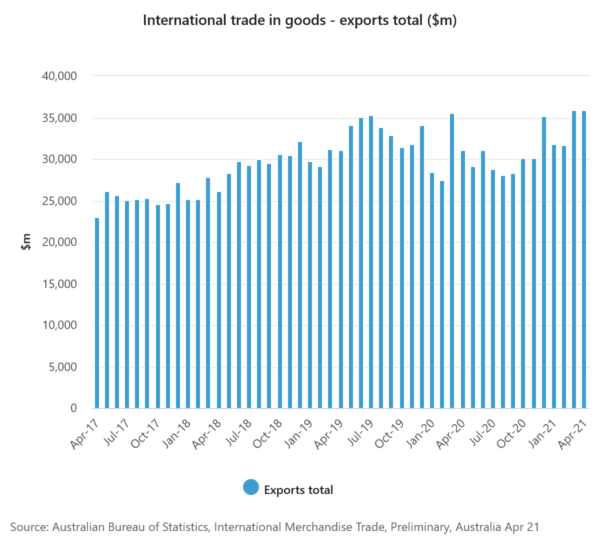
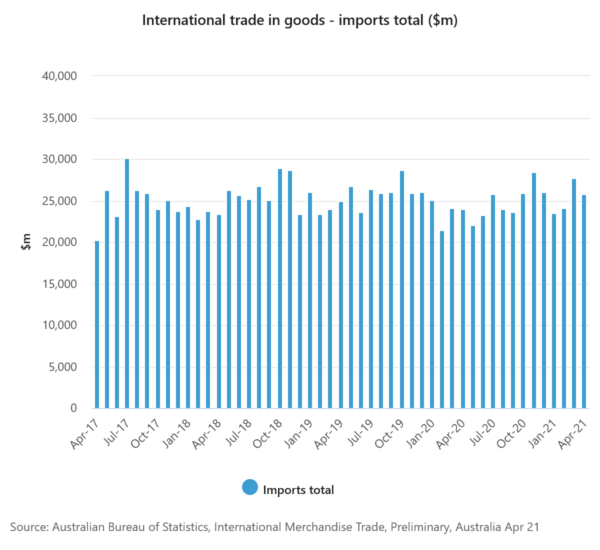
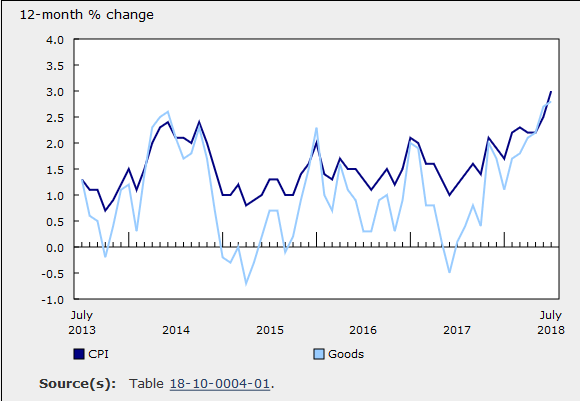
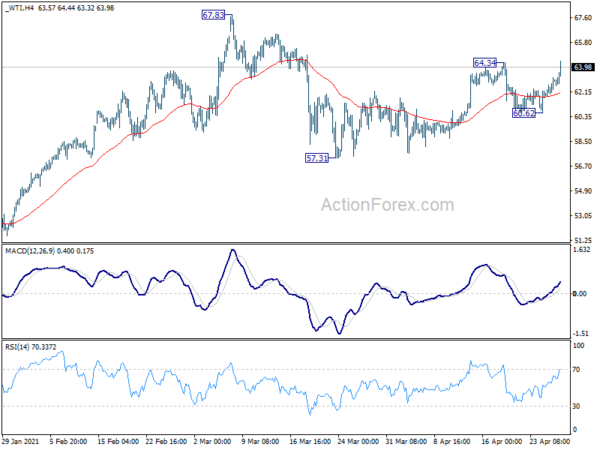
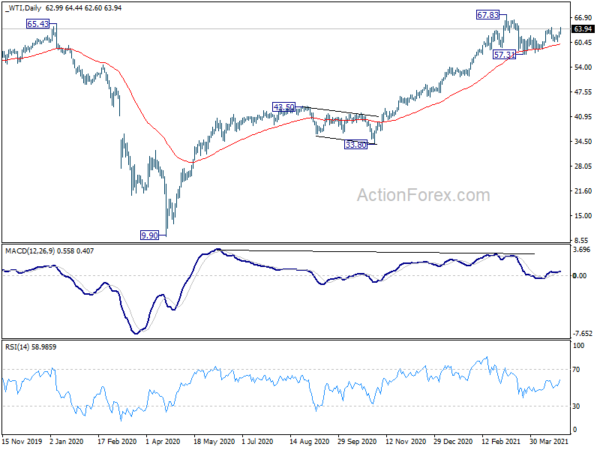
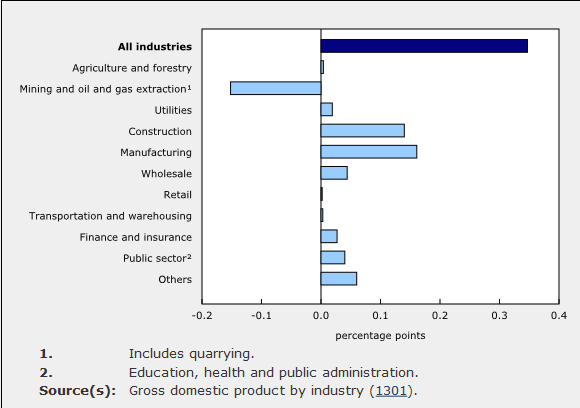
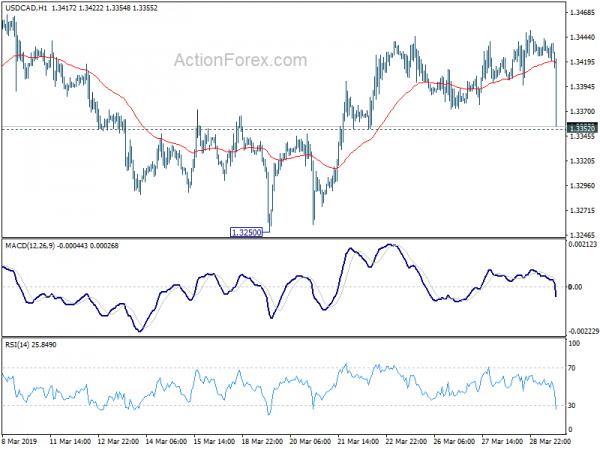
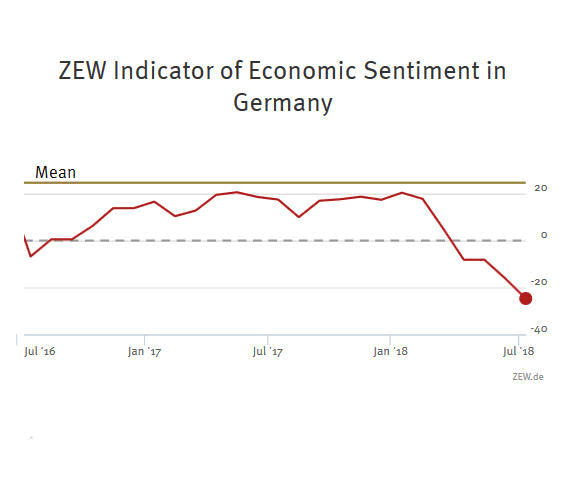

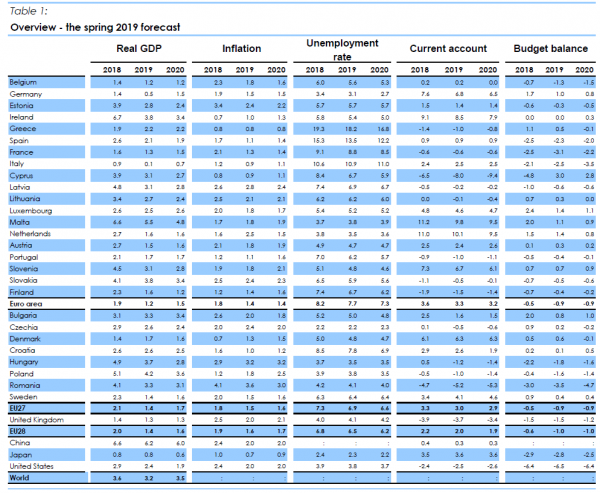

China MOFCOM: US must put away its threatening stick
Chinese Vice Premier Liu He will visit Washington next week to resume trade negotiations with the US. Commerce ministry (MOFCOM) spokesman Gao Feng confirmed today during a regular press the officials are preparing for the visit.
But Gao reiterated China’s stance in opposing protectionism and unilateralism in trade relations. He warned that “the United States must put away its threatening stick. China’s position has not changed and will not change.” Gao added that “we hope that China-U.S. trade relations can become a powerful driving force for sustained growth of the global economy.”
Separately, GAO also said the bilateral trade between China and Russia expanded quickly in the first four months of 2018. Gao noted “The Russian economy is steadily turning for the better and its market demand is rising, driving China’s exports to the country up 21 percent on a yearly basis during the January to April period.” According the last data, Sino-Russian trade grew 30% yoy to USD 31.2B between January and April.